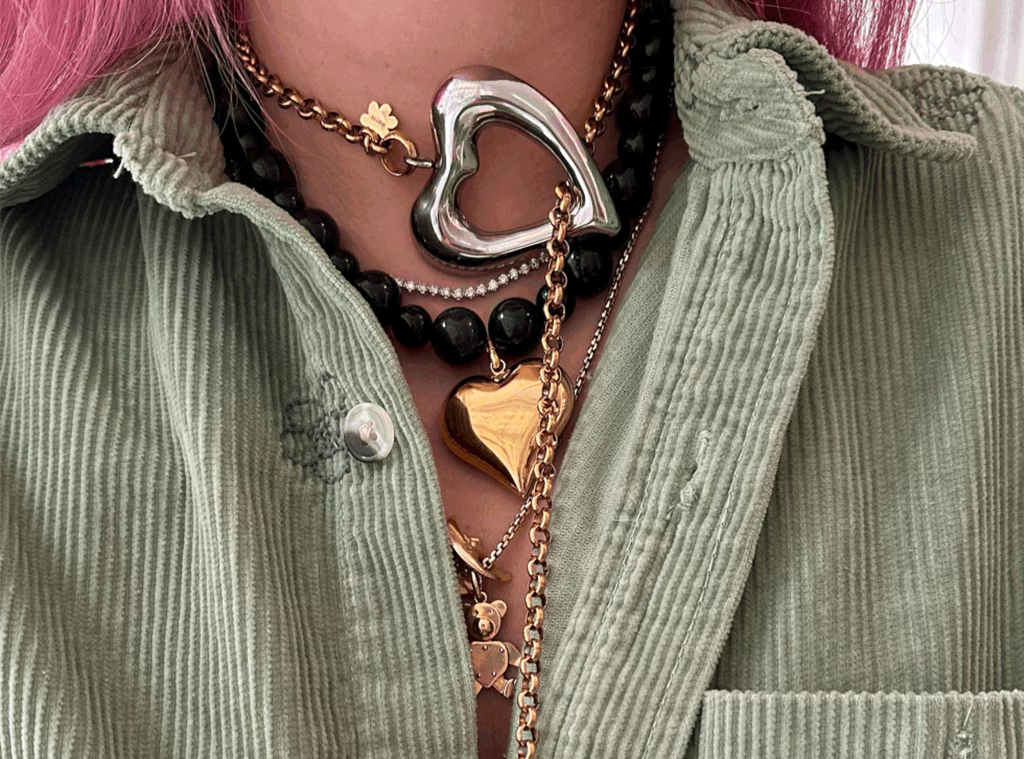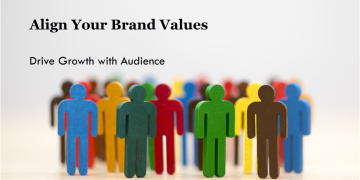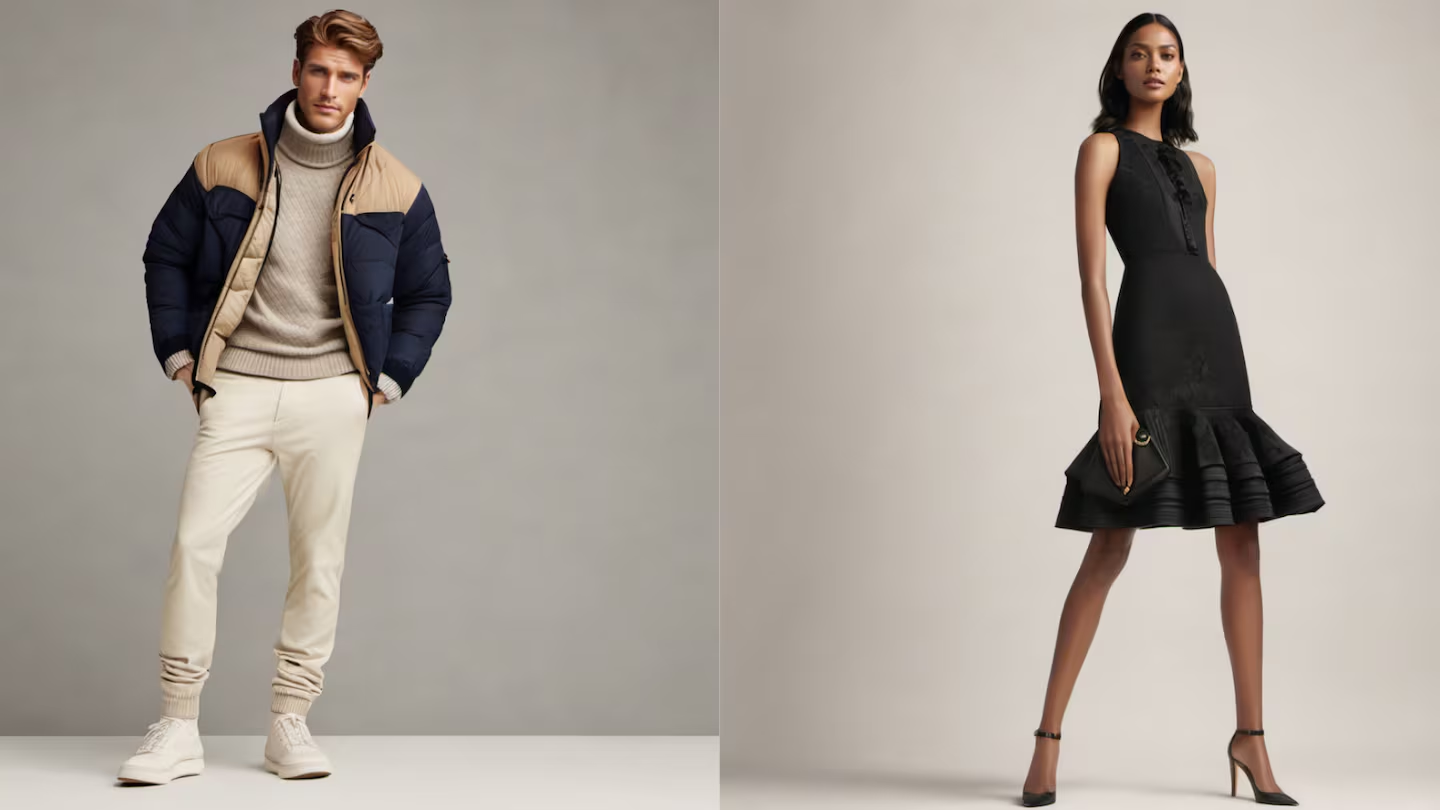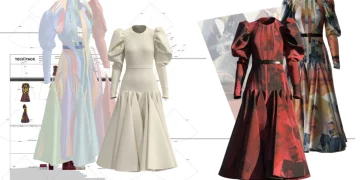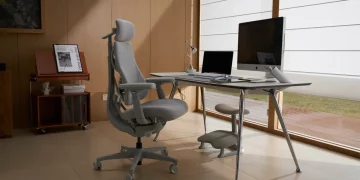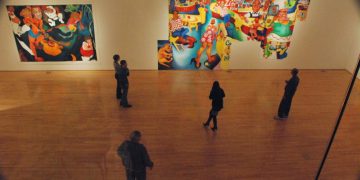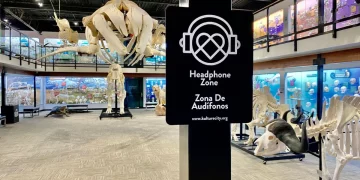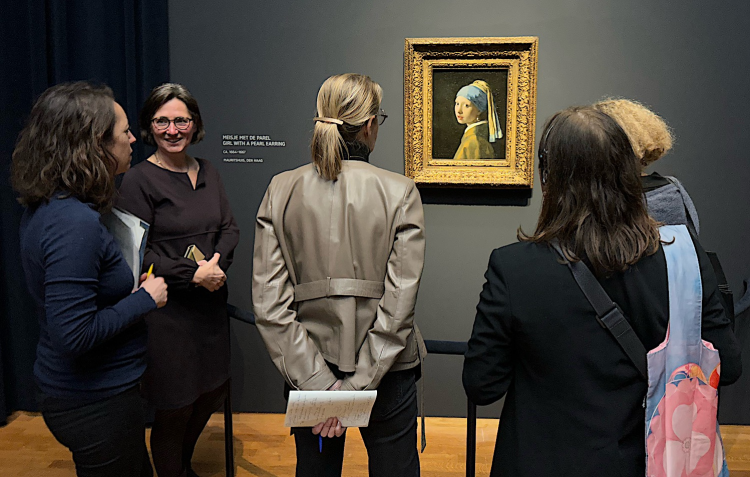Introduction
In the art world, curators and exhibitions are intrinsically linked, and yet, it is a question often posed: do curators shape exhibitions, or do exhibitions shape curators? Curators, as the architects behind exhibitions, certainly have a hand in designing and interpreting the narratives and aesthetics that audiences experience. But exhibitions themselves—through the artworks displayed, the stories they tell, and the context they provide—also influence and shape the curatorial process. This reciprocal relationship between curators and exhibitions creates an evolving dance, where each informs and challenges the other. To understand this dynamic, we must examine the roles curators play, how exhibitions influence their work, and how curatorial practice continues to evolve in response to broader cultural shifts.
The Role of the Curator: More Than Just a Gatekeeper
At the core, a curator is more than simply the person who organizes an exhibition. Curators are storytellers, researchers, and cultural mediators. They are responsible for selecting the artwork, developing an exhibition’s theme, and constructing a space where the audience can engage with the art. Their expertise lies in art history, anthropology, and often, contemporary issues, as well as in their ability to weave disparate pieces of a collection into a cohesive narrative.
Curators also act as cultural arbiters, determining what art and which artists are visible and valued in a given moment. This position of power gives curators the opportunity to make decisions that influence the trajectory of careers, movements, and sometimes, entire art historical canons. Therefore, curators often find themselves not only shaping exhibitions but also contributing to the shaping of the art world itself.
In terms of agency, curators may seem to occupy a place of authority. They direct the narrative, choose the space, and decide on the context. The exhibitions they create are often reflections of their personal visions, expertise, or current cultural trends. But this power dynamic is not one-sided. The process of curating is not just a top-down directive—it is also a collaborative endeavor between curators, artists, institutions, and sometimes even the public.

Exhibitions as Active Participants in the Curatorial Process
While curators may seem like the directors of exhibitions, in many ways, exhibitions themselves have their own agency. Each exhibition is not just a static presentation of artwork but an environment that interacts with its viewers. The physical space, the display methods, the lighting, and even the arrangement of the artworks contribute to the story the exhibition tells. These elements shape how the art is perceived and how the curator’s vision is interpreted by the public.
Moreover, the artworks themselves exert influence over curators. Artists’ intentions, the themes they explore, and the materials they use can sometimes push curators to rethink their initial concepts or even alter the narrative direction of the exhibition. This is particularly evident in contemporary curatorial practices, where the relationship between artist and curator is often collaborative. Many curators work closely with artists to co-create the experience, which means that the exhibition becomes an evolving entity shaped by both the curatorial vision and the artwork’s intrinsic power.
Exhibitions, therefore, have the ability to challenge curators’ perspectives and prompt them to rethink accepted ideas, or even to introduce new concepts that reshape future curatorial work. These dynamics make clear that exhibitions themselves can shape the curatorial process just as much as curators shape the exhibitions.
A Symbiotic Relationship: How Curators and Exhibitions Influence Each Other
The interplay between curators and exhibitions is not a simple one-way street. Rather, it is a symbiotic relationship that continues to evolve. A curator’s work is informed by the exhibitions they have seen, the artists they have encountered, and the cultural conversations in which they have participated. In turn, exhibitions influence curators by offering them opportunities to experiment with new formats, ideas, and ways of engaging the public.
1. Curatorial Trends and Exhibition Innovation
Curators often work in response to broader trends in the art world and society. For example, the rise of conceptual art in the 1960s led curators to rethink traditional exhibition formats, moving away from object-centered displays toward installations that immersed viewers in complex thematic environments. More recently, the focus on inclusivity, diversity, and decolonization has encouraged curators to rethink what constitutes an exhibition, who gets to be represented, and how art histories are told.
In these instances, curators are not simply driving the changes; the exhibitions themselves—the space and the display of art—are key components of these larger shifts. Curatorial innovations often occur in direct response to the specific needs and limitations of the exhibitions at hand, pushing curators to think beyond conventional methods of display and audience engagement.
2. Artist-Curator Collaboration: Shaping the Narrative Together
Another key way that exhibitions shape curators is through collaborative projects with artists. Today, many curators work closely with contemporary artists, whose creative processes and works can often challenge traditional exhibition formats. Artists may propose installations that involve multimedia components, interactive elements, or new materials, requiring curators to think outside the box.

Through these collaborations, curators may find themselves shifting their initial ideas or redefining the role of the exhibition itself. Instead of simply displaying works in a passive manner, curators become active participants in the creative process, allowing the exhibition to take on a life of its own.
Historical Context: A Changing Landscape
The relationship between curators and exhibitions has not always been so fluid. In earlier periods, exhibitions were largely dictated by curatorial authority, with curators adhering to prescribed formats. However, as the role of the curator has evolved, so too has the relationship between curators and exhibitions. The 20th century witnessed the rise of experimental curating practices, where exhibitions began to reflect not just aesthetic concerns but also social, political, and cultural dialogues.
In this context, curators were often inspired by the shifting landscapes of art movements and political events, leading them to create exhibitions that challenged the status quo. The feminist, post-colonial, and LGBTQIA+ movements in the 20th century, for example, prompted curators to reconsider whose voices were being amplified in galleries and museums. These exhibitions became spaces for both reflection and activism, reshaping the curatorial role and reaffirming the exhibition as an active force in the art world.
Conclusion: A Cycle of Influence
The relationship between curators and exhibitions is cyclical and dynamic. Curators shape exhibitions through their expertise, vision, and collaboration with artists. However, exhibitions themselves also influence curators, pushing them to think differently about their practice, the artwork, and the audience. This ongoing dialogue between curatorial authority and the exhibition’s physical and conceptual space creates an ever-evolving art world where both curators and exhibitions continually shape and reshape one another.
In this sense, neither curators nor exhibitions have complete control over the process. Instead, they exist in a fluid, reciprocal relationship that allows both to grow, challenge norms, and engage with the wider cultural landscape in powerful and unexpected ways.


